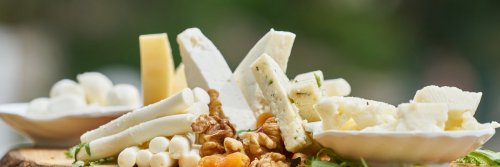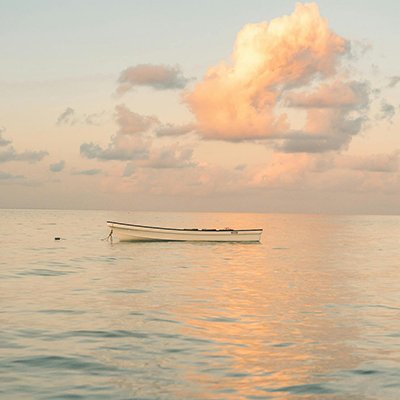Disclaimer: If you happen to be subject to the horrible infliction of being lactose intolerant (you know—bloating, farting, cramping stomach pains, and throwing up), then don't even bother to read the article below.
What's not to love about pigging out on bread and cheese while washing it down with a good drop on holidays? Believed to date back to 5500 BCE, cheesemaking is credited to Poland, where archaeologists found strainers coated with milk-fat molecules in the historical region of Kuyavia. While bread supposedly first made an appearance in 8000 BC. If you venture into Greek mythology, cheese is a sacred food gifted to man by the Olympian Gods.
Another titbit of information to begin the salivating journey when thinking about cheese is that the most expensive cheese in the world is named Pule. It's one of the rarest cheeses in the world, made in Serbia from the obviously super special milk of Balkan donkeys. White, crumbly, and smoked, it takes 25 liters of donkey milk to make one kilogram of cheese. Unfortunately, when writing this, Pule is only produced by advanced order at the donkey farm 'Zasavica,' roughly 80 km from Belgrade.
For the turophiles (the correct word for cheese lovers), if running off to Serbia and trying to wrap your tongue around the local lingo purely to taste Pule cheese is ruled off your gastronomic tour, head to one of the cities mentioned below to indulge in some of the finest cheeses on offer internationally:
Camembert in Normandy, France
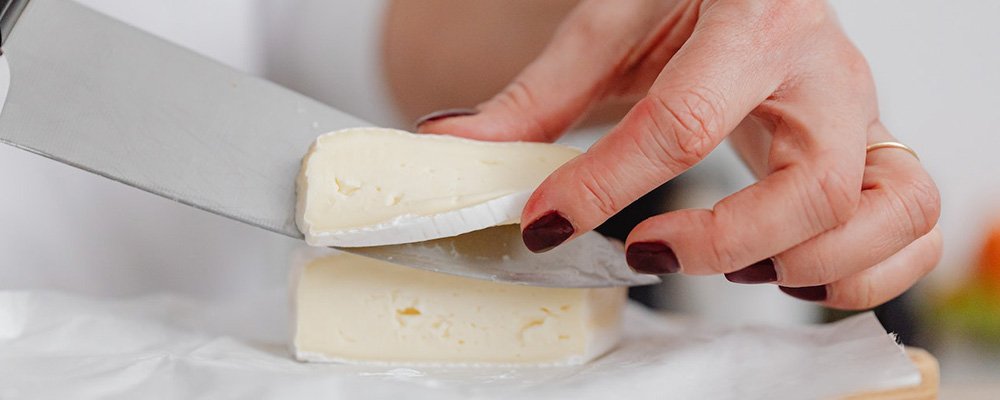
If what Google says is correct, in 1791, a farmer's wife named Marie Harel created this delectable creamy cheese—it's actually hard and crumbly, to begin with—but as the cheese matures, it morphs into a smooth, runny, and creamy mouthful of goodness. The village of Camembert actually has a Cheese Museum built in the Camembert shape. A quaint Normandy town in the north of France, it's awash in half-timbered farmhouses perched amidst lush green sloping pastures where happy cows slowly chew the grass, and apple orchards drip with ripening fruit under subtle clouds and dappled sunlight. Nearby you will find the renowned market town of Vimoutiers, chalky cliffs riding the coastline, the site of the famous D-Day landing, and the city of Rouen, where saint Joan of Arc was burned at the stake for heresy in 1431.
Gorge on camembert with or without a French baguette while quaffing a light red, such as Beaujolais or maybe a Normandy cider.
Cheddar in Somerset, England
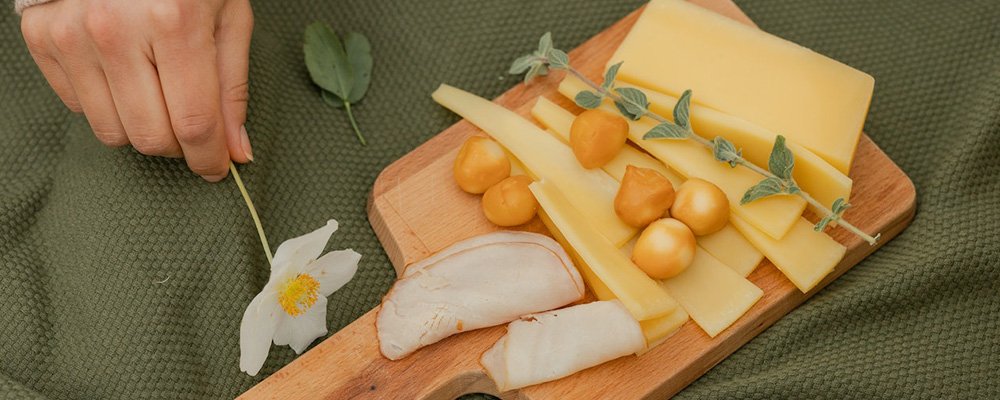
Once the cider capital of the United Kingdom, the town of Cheddar, sitting in the county of Somerset, a historical region of the southwest of France, is where you will find the incredible Cheddar Gorge caves that are still used today to mature cheddar cheese. An area dominated by dairy farming, Somerset has sandy beaches, ancient market towns, and a landscape of serenity. From its picturesque natural gorges to tumbling Roman ruins, quirky museums, and proud churches, this region is worth exploring while indulging in the local cheddar cheese. You can buy your picnic supplies from the Cheddar Gorge Cheese Company's shop or grab a ticket to stroll through the caves where the cheese maturation occurs amidst the stalactites and stalagmites in the damp air. The caves formed about 500,000 years ago, and the first recorded cheese from these caves dates back to 1170. Apparently, King Henry II bought over 10,000 pounds of cheddar! The cheese was so valued that in 1625 it was decreed that only those of royal descent could buy it.
Devour this crumbly, sharp-flavored cave-aged cheddar cheese with mouthfuls of Cabernet Sauvignon.
Azeitão, Lisbon, Portugal
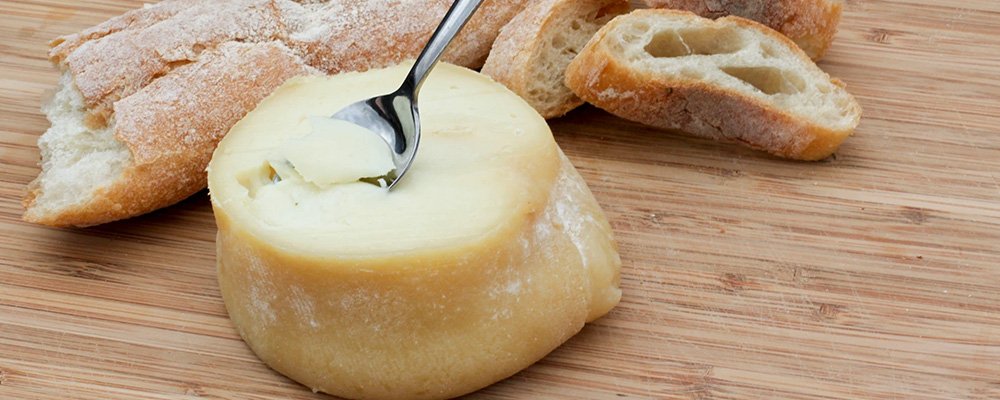
A true vegetarian cheese with DOP (protected origin) status, it comes from three designated districts in Portugal: Setubal, Palmela, and Sesimbra. The story regaled is that in 1830 Gaspar Henriques de Paiva moved from his Monsanto central Portugal home to the village of Azeitão near Lisbon in the Arrabida Mountains. Tucked in his mind was the recipe for his beloved soft-hearted cheese of the Estrela mountains. His love for this cheese knew no bounds as he brought 'bordalesa' sheep plus a shepherd from his original home to his new home. Made of unpasteurized ewe milk and the extract of a wild thistle to create liquid whey and solid curds, it tastes like a buttery pudding. With its thin, soft shell covering a pale yellow rind, Azeitão cheese is a mouthful of creamy heaven, especially when smothered in ample dollops onto fresh crusty bread.
Visit one of the outstanding wineries in Azeitão or walk into a funky bar in Lisbon where tapas is served, and chances are you will get to linger over this cheese matched with a ruby port wine or a muscatel.

